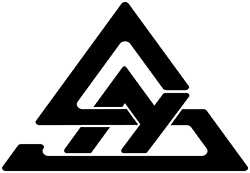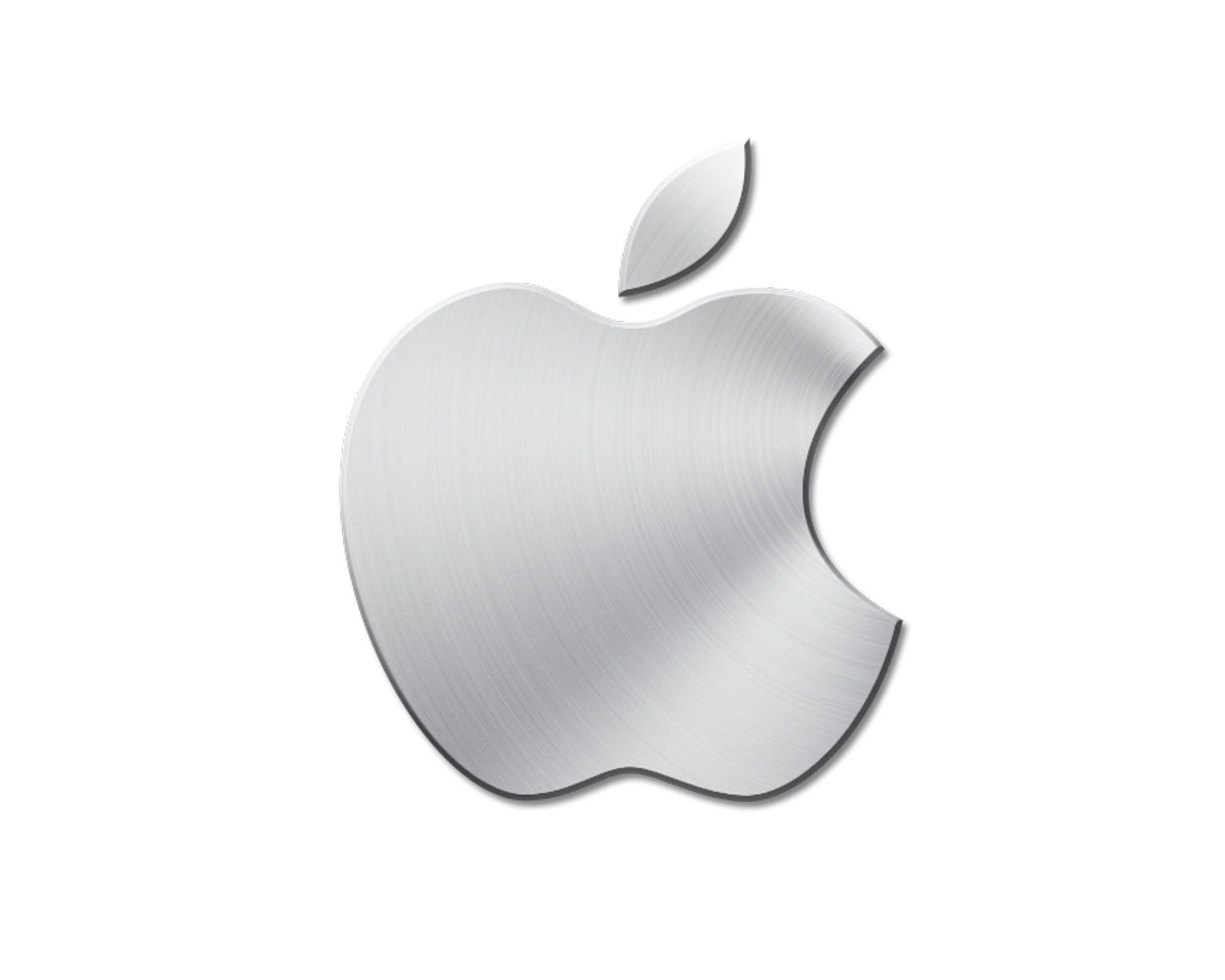November brings the calm tones of foggy days, the sky softens, and the light dims. In this suspended atmosphere, gray becomes the color that best represents the month: silent, elegant, and reflective.
Often perceived as neutral or “transitional,” gray actually possesses surprising depth and a powerful communicative power, especially in design.
The meaning of gray
Gray is born from the intersection of black and white, occupying the exact middle ground: a perfect balance between light and shadow.
Its main meanings are:
- Introspection and calm: it brings a sense of tranquility, ideal for calm or conceptual communications.
- Neutrality and balance: it is one of the most harmonious shades, capable of balancing vibrant palettes and creating visual order.
- Elegance and minimalism: in its colder, more metallic variants, it conveys rigor, modernity, and refinement.
- Professionalism: widely used in corporate contexts for its sobriety and authority.
The use of gray in graphics
Gray adapts to a wide range of contexts and changes character depending on the combinations:
- Fashion and lifestyle: in greige and cement tones, it becomes synonymous with contemporaneity and understated luxury.
- Branding and logos: chosen by brands seeking to convey authority and sobriety, like Apple, which uses metallic gray as a true material and visual identity.
- UX/UI and web design: an excellent neutral base for highlighting primary or accent colors; it conveys order, cleanliness, and readability.
- Corporate and institutional: perfect for documents, presentations, and formal identities.
Gray in different sectors
- Corporate & technology: conveys professionalism, control, and precision.
- Product design: in digital devices (smartphones, laptops, wearables), it symbolizes modernity and reliability.
- Interior & lifestyle: used to create calm, sophisticated, and timeless environments.
- Automotive: often associated with performance, solidity, and technical elegance.
- Fashion: pearl gray, charcoal, and anthracite are highly versatile timeless colors.
- Packaging: perfect for premium or minimalist products, especially when paired with silver, gold, or black.
- Photography and visual storytelling: highlights shapes and contrasts, shifting attention from color to composition.
Risks in using the color gray
Like any neutral color, it should be used carefully:
- Too much coldness: too much gray can appear distant or impersonal.
- Visual monotony: without contrast, it risks flattening the design.
- Low emotional energy: it can be unengaging if not paired with warmer or brighter colors.
- Poor readability: some intermediate shades can create confusion between text and background.
Conclusion
Gray is a color that speaks softly, yet with authority.
It’s modern, balanced, and incredibly versatile: it can be rigorous or soft, technological or poetic, professional or intimate.
In a month like November, it accompanies creativity with calm and clarity, becoming a precious ally for those seeking a clean, contemporary aesthetic.
Our journey through colors continues: next month, we’ll explore a shade capable of bringing warmth and light into the heart of winter… are you curious to find out which one?

